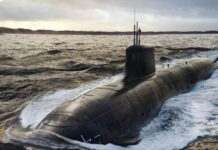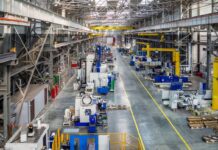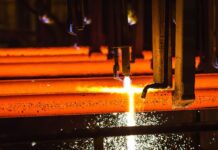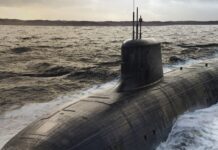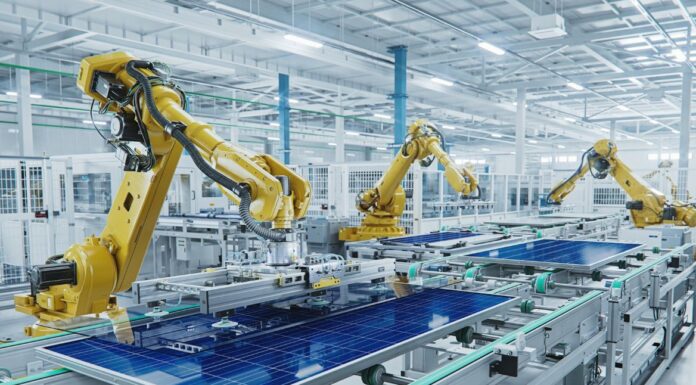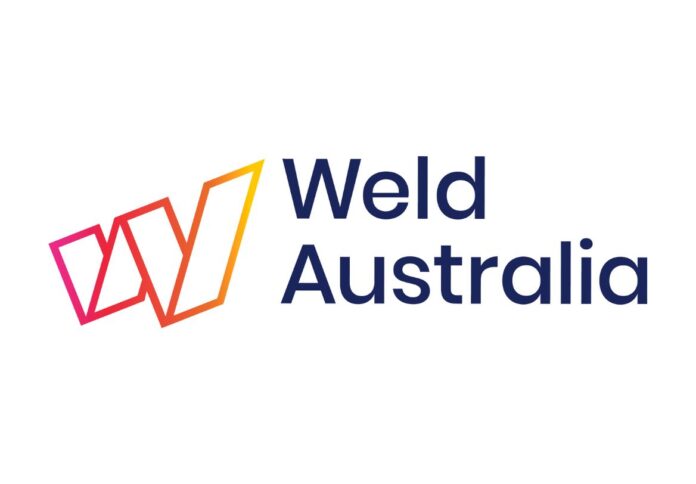
Industry representatives have highlighted the significance of establishing specialist training programs that would supply skilled workers to build Australia’s nuclear submarine capability following the $368 billion AUKUS deal this week.
In a media release, Weld Australia called for the creation of a Shipbuilding Welding Academy backed by the federal government, which will ensure that the defence prime contractors have the access to the skilled, qualified welding professionals required to successfully build nuclear-powered submarines.
The industry representatives said Australia’s welders are more than capable of building the new fleet of eight nuclear-powered submarines included in the AUKUS deal, but noted that the biggest risk facing the build is whether enough skilled workers can be recruited and trained.
Geoff Crittenden, chief executive officer of Weld Australia, said the country is in the midst of a skilled welders shortage and was expecting a 70,000 shortage in manpower by 2030 even before the AUKUS deal was signed.
“Whilst some welding on nuclear boats is undertaken in line with different International and Australian Standards, and utilises different materials, the quality of the weld must be the same: that is to zero defects,” Crittenden said.
“So, unless we take serious precautions now, there simply won’t be enough skilled people to undertake the welding required.”
Meanwhile, in a separate media release, the Independent Tertiary Education Council Australia (ITECA) said the design, acquisition, and maintenance of nuclear-powered attack submarines will the development of unique expertise from the Australian skills training sector to deliver specialist training, not just a new cohort of skilled workers.
According to ITECA, the capability of the entire skills training sector, including independent Registered Training Organisations and public TAFE colleges, will be required for the three major stages of the SSN program.
These stages are building new naval shipyards, acquiring Virginia-class SSNs from America, and building the SSN-AUKUS class submarines.
Troy Williams, ITECA’s CEO, said some 4,000 workers will be needed to design and build the submarine construction yard in Osborne, South Australia.
“In many respects, ensuring the availability of a skilled workforce to support that aspect of the SSN project is the easiest part,” Williams said.
The second stage, which involves developing a workforce to support the Virginia-class SSNs is more challenging, according to ITECA.
Lastly, the third phase of Australia’s nuclear submarine program will need around 4,000 to 5,500 shipyard jobs at the peak of the SSN-AUKUS construction program.
“The Australian Government is currently preparing a blueprint for the skills training workforce, and this review needs to have scope to consider what specialist trainers and assessors are required to support the SSN program. That’s the advice that ITECA has given the Australian Government,” Williams said.


